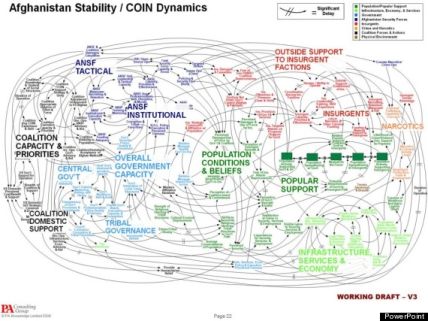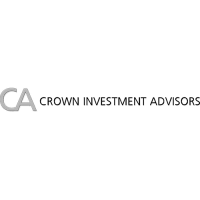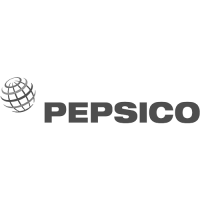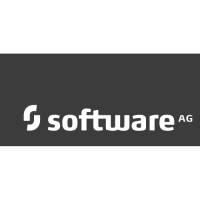The Redesign of an ugly NSA PowerPoint Presentation

Slide show expert Emiland De Cubber transforms the NSA’S ugly clunky prism deck with minimalist cool.
When news of the NSA’s classified Prism program broke in, revealing that the U.S. government had ordered the collection of all Americans’ online activities, many cried foul over the Obama administration’s abuses of power. The op-ed machine churned out everything you could imagine, each piece more grave, impassioned, and seemingly “consequential” than the next. Some called for the imprisonment of Prism leaker Edward Snowden, while others offered sympathetic portraits of the young whistleblower.
But when the Prism slide show was circulated around the web, Emiland De Cubber’s first reaction was not a feeling of personal violation on the part of the state, nor worry about its unchecked powers, but rather one of disdain for the document’s presentation sins. He has revamped the NSA’s slide show, replacing its daft graphics with minimalist ones that are unnervingly cool.

“I thought it was a joke at the beginning, like a caricature of an overly corporate slide template,” De Cubber tells Co.Design. “Huge logos, massive gradients, default fonts, poor charts.”
De Cubber, a visual communication designer, stumbled across data-viz jedi Edward Tufte’s mocking tweets, in which he reserved his ire for Prism’s egregious graphic sense. Tufte’s sneering critique–“Dreadful spy-PRISM deck sets new record for most header logos per slide: 13”–prompted De Cubber’s own response. He updated every aspect of the top-secret Powerpoint presentation, including the program’s terribly ’70s-“Dark Side of the Moon logo,” which De Cubber renders in skeletal, glow-green lines.

Where the Prism slides each employ different graphic strategies, linked together only by a top banner laden with logos of the partnering companies, de Cubber devised a much more uniform system. His new Powerpoint features flat, pared-down icons that supplant the original’s cumbersome text boxes and jarring logos, and which seamlessly carry across the entire deck. In place of the gobs of text that cluttered the original, for example, De Cubber plots a field of web icons that clearly convey what kind of data can be extracted from online users. For the concluding slide–the one trolled ‘round the (micro-blogging) world–he vertically arrays the logos in tidy columns, each labeled with the year Google, Microsoft, Facebook, and others signed onto the program.
The reinterpreted deck economizes the information and privileges empty space. “People are afraid of an empty slide,” De Cubber explains. “They say, ‘I definitely need this gradient frame around my title,’ and then occupy 30% of their slides with stuff that doesn’t convey any information. That’s why I tried to draw a lot of contrast by keeping my slides as minimalistic as possible. Each element must earn its space on the slide.”

There was one element of the NSA overview that, like many similar redesigns that have popped up online, De Cubber kept. He slightly modified “International Internet Bandwidth” graphic, featured on slide 2, tweaking certain aspects of its composition. He highlighted the U.S./North America circle and rearranged some bits of text to improve legibility. Asked why he left it intact, De Cubber says that he “liked the analogy between the graphic lines and the actual cables that convey data,” adding that the graphic accurately reflected how “nearly everything flows through the U.S.”
In addition to his wholesale changes to Prism’s visual language, De Cubber excised all of the presentation’s text and inserted his own in its place. In most cases, his thin lines of text delete redundancies and complications found in the original. Now and then, however, he does slip in some subtle digs that make plain the NSA’s intentions. “How can we monitor everything?” reads the heading of one slide; another touting the laundry list of collectable data assures the reader that “many more data sources [are] available upon request.” De Cubber’s cavalier approach to the entire project comes through in his concluding lines of the slide show: “Even if you are not a government agency, I would be happy to help you with your next presentation.”
Sammy Medina is a writer, designer, and ice cream maker based in New York. He once lived in China before being an editor at Architizer.



























